Technology Advancements Aiding in Conservation
In a world where the **threats to our environment** and wildlife are ever-increasing, the role of technology in conservation has become more crucial than ever. Modern innovations are not just tools; they are **game-changers** that are redefining how we approach the protection of our planet. From satellites hovering high above to **drones** buzzing through forests, technology is providing us with insights and capabilities that were once unimaginable. Imagine being able to monitor vast expanses of wilderness in real-time or using algorithms to predict the movements of endangered species. This article dives deep into the exciting advancements in technology that are aiding conservation efforts and ensuring a sustainable future for our planet.
Remote sensing technologies, such as **satellites** and **drones**, are revolutionizing conservation by providing real-time data on ecosystems. These tools enable scientists and conservationists to monitor changes in land use, deforestation rates, and wildlife habitats with unprecedented accuracy. For instance, satellite imagery can reveal the extent of forest cover and help identify areas that are at risk of degradation. Drones, on the other hand, can access remote areas, capturing images and videos that allow for detailed assessments of wildlife populations and habitat conditions. This data-driven approach facilitates better management of natural resources, ensuring that conservation strategies are grounded in factual evidence.
Artificial intelligence (AI) is transforming wildlife protection by analyzing vast amounts of data to identify poaching patterns, predict animal movements, and optimize conservation strategies effectively. With AI, conservationists can sift through endless datasets, identifying trends that would be impossible for humans to discern. For example, AI algorithms can analyze tracking data from radio-collared animals to predict their movements, allowing for proactive measures in protecting them from poaching. This not only enhances the safety of wildlife but also improves the efficiency of conservation efforts.
Machine learning algorithms are being employed to identify species from images and audio recordings, streamlining the data collection process and enhancing biodiversity assessments. Imagine a scenario where a simple photo taken by a hiker can be analyzed by an AI system to identify the species of a bird or mammal instantly. This capability not only saves time but also encourages more people to engage in wildlife observation, contributing valuable data to scientific research.
The integration of AI with camera traps allows for automated monitoring of wildlife, reducing human effort while increasing the accuracy of species population estimates. These camera traps, equipped with AI, can distinguish between different species, count individuals, and even recognize specific animals based on their unique features. This advancement means that conservationists can gather extensive data without being physically present, allowing for continuous monitoring of wildlife populations.
Predictive analytics helps conservationists make informed decisions about habitat management by forecasting environmental changes and their potential impacts on wildlife. By analyzing historical data and current trends, these tools can simulate various scenarios, helping organizations prioritize actions based on ecological and economic factors. This proactive approach ensures that conservation strategies are not just reactive but are designed to anticipate future challenges.
AI-driven tools assist in conservation planning by simulating various scenarios, helping organizations prioritize actions based on ecological and economic factors. With the ability to model different outcomes, conservationists can allocate resources more effectively, ensuring that efforts are directed where they are needed most. This strategic planning is essential in a world where funding and resources are often limited.
Biotechnology plays a crucial role in conservation through genetic engineering and cloning, aiding in species recovery and enhancing genetic diversity among endangered populations. As we face the reality of extinction for many species, these innovative methods offer hope. For instance, genetic rescue techniques involve introducing genetic material from healthy populations into endangered species to boost their genetic diversity and resilience against diseases.
Genetic rescue techniques are vital in increasing the genetic diversity of endangered species. By introducing genes from healthier populations, conservationists can enhance the adaptability and survival rates of these species. This method is particularly important in small populations where inbreeding can lead to a loss of genetic diversity and increased vulnerability to diseases.
Cloning technologies are being explored as a last resort for preserving critically endangered species, offering hope for restoring populations that are on the brink of extinction. While cloning is still a controversial topic, advancements in this field could potentially bring back species that have disappeared from the wild. The idea of bringing back the **Passenger Pigeon** or the **Woolly Mammoth** may sound like science fiction, but with the right technology, it could become a reality.
Citizen science initiatives leverage technology by engaging the public in data collection and monitoring, fostering a sense of community involvement in conservation efforts. With the rise of smartphones and mobile applications, anyone can contribute to conservation efforts by reporting wildlife sightings, sharing environmental data, and even participating in local cleanup events. This democratization of science empowers citizens to take part in the conservation dialogue.
Mobile applications enable citizen scientists to easily report wildlife sightings and environmental conditions, contributing valuable data to conservation databases. These apps often come with user-friendly interfaces that allow users to upload photos, record sounds, and provide location data. This crowdsourced information is invaluable for researchers who rely on diverse datasets to monitor species and habitats.
Social media platforms are powerful tools for raising awareness and mobilizing communities around conservation issues. They facilitate discussions, share success stories, and encourage collective action. By using hashtags and campaigns, organizations can reach a broader audience, inspiring more people to take part in conservation efforts. The viral nature of social media can turn a small local initiative into a global movement, highlighting the importance of community engagement in conservation.
- How does technology improve conservation efforts? Technology enhances conservation by providing real-time data, automating monitoring processes, and enabling predictive analytics for better decision-making.
- What role does citizen science play in conservation? Citizen science engages the public in data collection and monitoring, fostering community involvement and increasing the volume of data available for research.
- Can biotechnology really help save endangered species? Yes, biotechnology, including genetic rescue and cloning, offers innovative solutions to enhance genetic diversity and potentially restore critically endangered species.

Remote Sensing Technologies
Remote sensing technologies are at the forefront of modern conservation efforts, significantly transforming the way we monitor and manage our natural resources. These technologies, which include satellites and drones, provide us with the ability to collect real-time data from vast areas of land, allowing conservationists to make informed decisions based on accurate information. Imagine being able to survey an entire forest or a sprawling savanna from the comfort of your office; that’s the power of remote sensing!
One of the most remarkable aspects of remote sensing is its ability to gather data on ecosystems that are often difficult to access. For instance, satellites equipped with advanced imaging technology can capture detailed images of landscapes, revealing changes in vegetation cover, water bodies, and even wildlife habitats. This information is invaluable for identifying areas that are under threat due to factors such as deforestation, climate change, or urban expansion.
Drones have also emerged as game-changers in conservation. They can fly low and slow, providing high-resolution images and videos that help researchers monitor wildlife populations and assess habitat conditions. For example, drones can be used to track the movements of endangered species, allowing conservationists to understand their behaviors and habitats better. This data can lead to more effective management strategies and protective measures.
Moreover, the integration of remote sensing technologies with geographic information systems (GIS) enhances our ability to analyze and visualize data. By layering different types of data, such as land use, species distribution, and environmental conditions, conservationists can create comprehensive maps that highlight critical areas needing attention. This geospatial analysis is crucial for prioritizing conservation efforts and allocating resources where they are most needed.
To illustrate the impact of remote sensing technologies, consider the following table that summarizes some key applications:
| Technology | Application | Benefits |
|---|---|---|
| Satellites | Monitoring deforestation | Provides large-scale, consistent data over time |
| Drones | Wildlife tracking | Offers high-resolution imagery and real-time data |
| GIS | Habitat mapping | Enables effective planning and resource allocation |
In conclusion, remote sensing technologies are revolutionizing conservation by providing tools that enable better monitoring, management, and protection of our planet’s precious ecosystems. As we continue to innovate and improve these technologies, we can expect even greater strides in our efforts to safeguard wildlife and natural habitats for future generations.
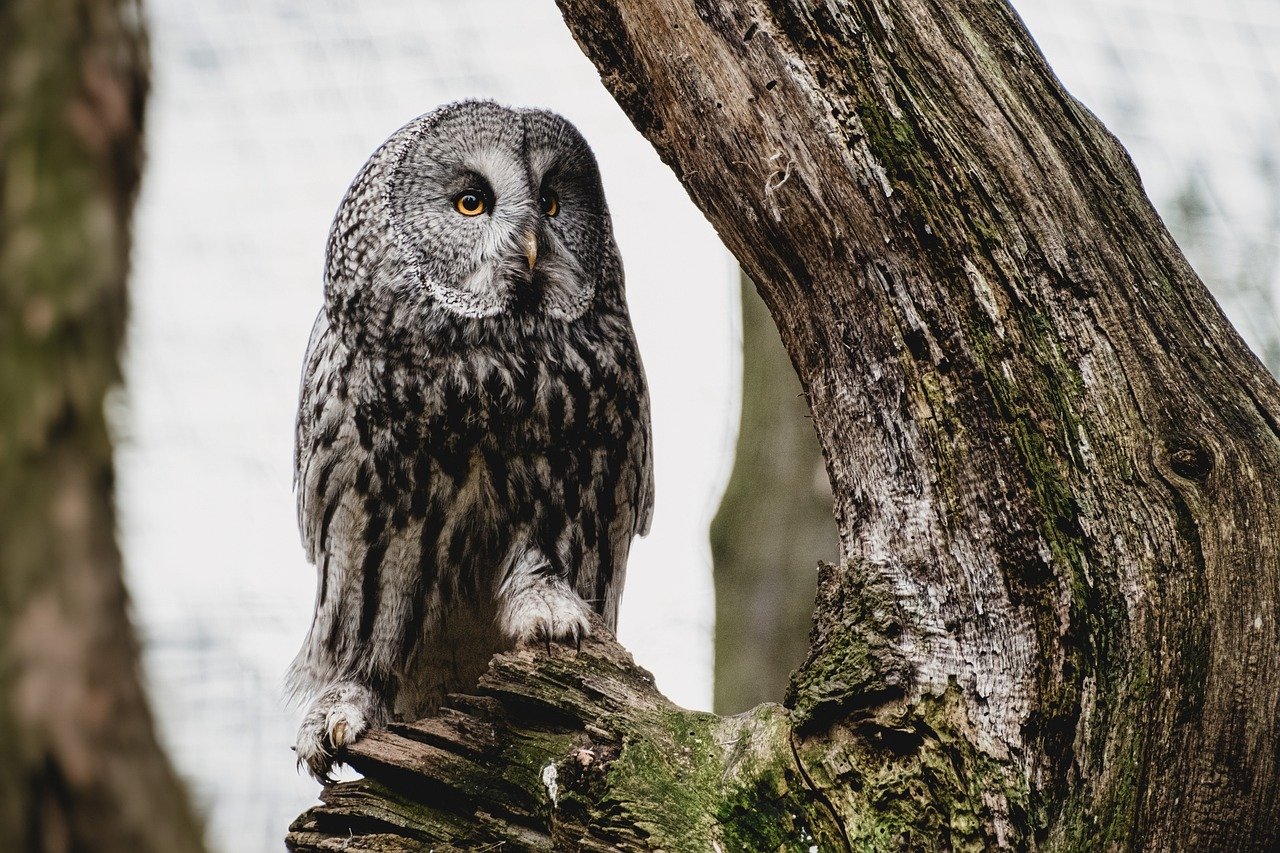
Artificial Intelligence in Wildlife Protection
Artificial intelligence (AI) is not just a buzzword; it's a game-changer in the realm of wildlife protection. Imagine a world where technology can predict poaching incidents before they happen, or where it can analyze vast amounts of data to uncover hidden patterns in animal behavior. This is not science fiction; this is the reality we are stepping into thanks to AI. By harnessing the power of advanced algorithms and machine learning, conservationists are gaining unprecedented insights into wildlife dynamics, ultimately leading to more effective protection strategies.
One of the most exciting applications of AI in wildlife protection is its ability to analyze data on a scale that humans simply cannot manage. For instance, researchers can now process images and sounds collected from the field to identify species and monitor populations. This is particularly crucial for endangered species, where every individual counts. The use of AI streamlines the process, allowing conservationists to focus on taking action rather than getting bogged down in data management.
But how exactly does this work? Let’s break it down:
- Data Collection: Drones equipped with cameras and sensors capture images and environmental data from remote areas.
- Data Analysis: Machine learning algorithms analyze this data to identify patterns and anomalies, such as unusual animal movements or potential threats.
- Actionable Insights: Conservationists receive real-time alerts and reports, enabling them to respond quickly to emerging threats like poaching or habitat destruction.
Moreover, the integration of AI with camera traps has revolutionized wildlife monitoring. Traditionally, camera traps would require significant human effort to check and analyze the footage. Now, with AI, these systems can automatically recognize and classify animals in the images, drastically reducing the workload for researchers. This means that conservationists can gather accurate population estimates without the constant need for human intervention, leading to more reliable data.
AI doesn't stop at monitoring; it also plays a pivotal role in conservation planning. By simulating various scenarios, AI-driven tools help organizations prioritize actions based on ecological and economic factors. For example, if a certain area is predicted to experience a decline in a specific species due to habitat loss, conservationists can proactively implement measures to mitigate this impact.
In essence, AI acts as a powerful ally in the fight against wildlife crime and habitat loss. It enhances our ability to protect vulnerable species and ensures that conservation efforts are both efficient and effective. The future of wildlife protection is bright, with AI leading the charge towards a more sustainable coexistence between humans and nature.
What role does AI play in wildlife protection?
AI helps analyze data, predict poaching patterns, and optimize conservation strategies, making wildlife protection more effective.
How does machine learning contribute to species identification?
Machine learning algorithms can identify species from images and sounds, streamlining data collection and enhancing biodiversity assessments.
Can AI reduce the manpower needed for wildlife monitoring?
Yes, AI integrated with camera traps automates the monitoring process, significantly reducing the need for human effort while improving accuracy.
What is AI-driven conservation planning?
AI-driven conservation planning involves simulating various scenarios to help prioritize actions based on ecological and economic factors.
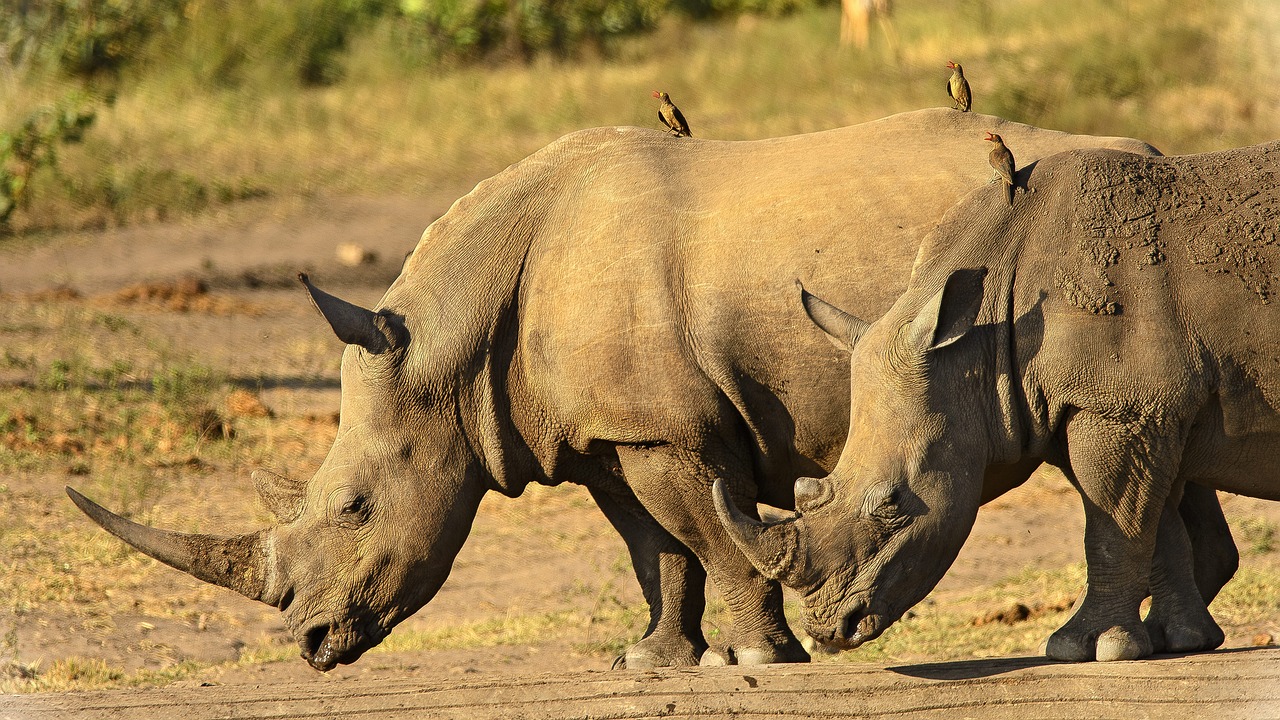
Machine Learning for Species Identification
In the realm of conservation, machine learning is proving to be a game-changer, particularly when it comes to species identification. Imagine walking through a dense forest and being able to instantly recognize every bird chirping above you or every insect scuttling beneath your feet. This is not just a dream anymore; it's becoming a reality thanks to advanced algorithms that can analyze vast amounts of data in record time.
Traditionally, species identification has relied heavily on expert knowledge and manual observation, which can be time-consuming and prone to error. However, machine learning models can process thousands of images and audio recordings in a fraction of the time it would take a human. By using deep learning techniques, these models can learn to recognize patterns and features that distinguish one species from another, making them incredibly efficient.
One of the most exciting applications of this technology is in the analysis of camera trap images. These traps, which are set up in various habitats to capture wildlife activity, generate a massive amount of visual data. With the integration of machine learning, researchers can automate the identification process, significantly reducing the workload for conservationists and increasing the accuracy of population estimates. For example, a machine learning model can be trained to identify species such as:
- Large mammals (e.g., elephants, tigers)
- Bird species (e.g., eagles, sparrows)
- Reptiles and amphibians (e.g., snakes, frogs)
This automation not only saves time but also allows for more comprehensive data collection, leading to better assessments of biodiversity. Moreover, machine learning can analyze audio recordings to identify bird calls or animal sounds, further enhancing our understanding of species distribution and behavior.
As we harness the power of machine learning, it becomes clear that this technology is not just a tool but a vital ally in the fight for conservation. By streamlining the process of species identification, we can focus our efforts on protecting endangered species and restoring habitats, ultimately contributing to a healthier planet. The future of conservation is bright, and with machine learning at our side, we are better equipped than ever to tackle the challenges ahead.
Q: What is machine learning?
A: Machine learning is a subset of artificial intelligence that enables systems to learn from data and improve their performance over time without being explicitly programmed.
Q: How does machine learning aid in species identification?
A: Machine learning algorithms analyze large datasets of images and sounds to identify patterns that distinguish different species, allowing for faster and more accurate identification compared to manual methods.
Q: Can machine learning replace human experts in conservation?
A: While machine learning greatly enhances species identification, it does not replace human expertise. Instead, it serves as a powerful tool that can assist conservationists in their efforts.
Q: What are the limitations of machine learning in conservation?
A: Machine learning models require large amounts of high-quality data to train effectively. Additionally, they may struggle with identifying species that are underrepresented in the training data.
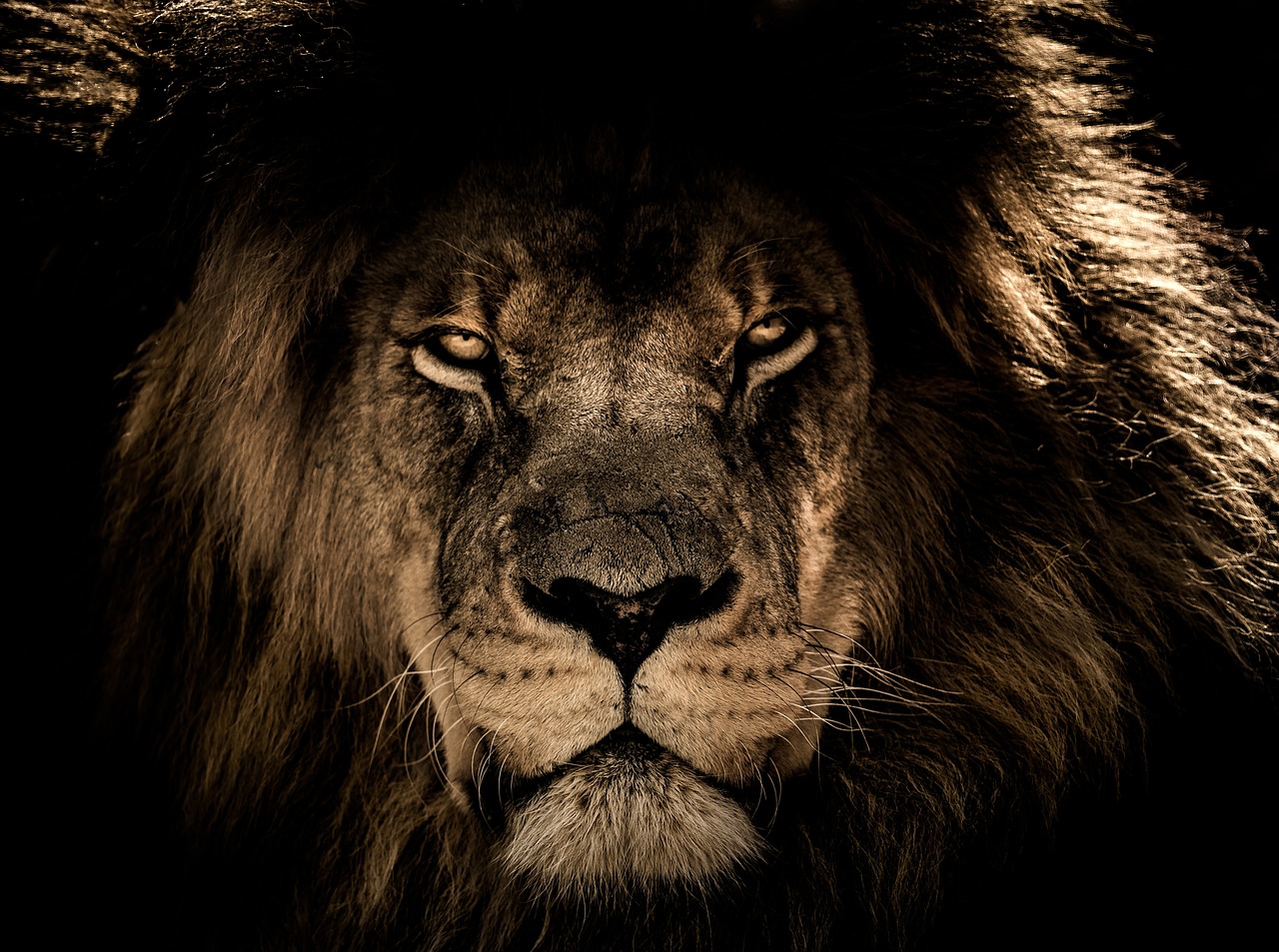
Camera Traps and AI Integration
In the realm of wildlife conservation, traditional methods of monitoring animal populations often required significant time and resources. However, the integration of camera traps with artificial intelligence (AI) is radically changing the game. Imagine setting up a camera in a dense forest, and instead of having to sift through countless images manually, AI algorithms can analyze the footage in real time. This not only saves conservationists countless hours but also enhances the accuracy of species population estimates.
Camera traps, which are motion-activated devices, have been a staple in wildlife studies for many years. They provide invaluable insights into animal behavior, population dynamics, and habitat use. But when paired with AI, the potential for these devices multiplies exponentially. AI can quickly identify species, recognize individual animals through unique markings, and even determine their health status based on behavior patterns captured in the footage.
For instance, consider a project aimed at monitoring a rare species, such as the Amur leopard. By deploying AI-integrated camera traps, researchers can gather data on the leopards' movements, breeding patterns, and interactions with their environment. This information is crucial for creating effective conservation strategies. The AI processes thousands of images daily, identifying leopards and tracking their movements, which would be nearly impossible for a human to accomplish in the same timeframe. This leads to quicker responses to threats, whether they be from poaching or habitat loss.
Furthermore, the data collected is not just for immediate use; it can be stored in databases and analyzed over time. This long-term data collection allows for the identification of trends and changes in wildlife populations, providing a clearer picture of the health of ecosystems. Imagine having a treasure trove of data that can predict future population dynamics or even highlight areas needing urgent conservation efforts. This is the power of combining camera traps with AI.
To illustrate the impact of this technology, consider the following table showcasing the advantages of AI integration in camera traps:
| Advantage | Description |
|---|---|
| Efficiency | AI processes large volumes of images quickly, freeing up researchers for other tasks. |
| Accuracy | Reduces human error in species identification and population estimates. |
| Real-time Monitoring | Enables immediate responses to wildlife threats and changes in behavior. |
| Long-term Data Collection | Facilitates ongoing research and analysis of trends over time. |
In conclusion, the integration of camera traps and AI is not just a technological advancement; it is a revolution in wildlife conservation. By harnessing the power of AI, conservationists can gain deeper insights into animal populations, improve monitoring efficiency, and ultimately enhance their efforts to protect endangered species. As we continue to innovate and adapt, the future of conservation looks brighter than ever.
- What are camera traps? Camera traps are automated cameras that capture images or videos of wildlife when triggered by motion.
- How does AI improve camera trap data? AI can analyze images quickly, identify species, and track individual animals, enhancing the accuracy and efficiency of data collection.
- Can AI help in real-time wildlife monitoring? Yes, AI can process data in real-time, allowing for immediate responses to wildlife threats.
- What are the benefits of using AI-integrated camera traps? Benefits include increased efficiency, accuracy in species identification, real-time monitoring, and long-term data collection for research.
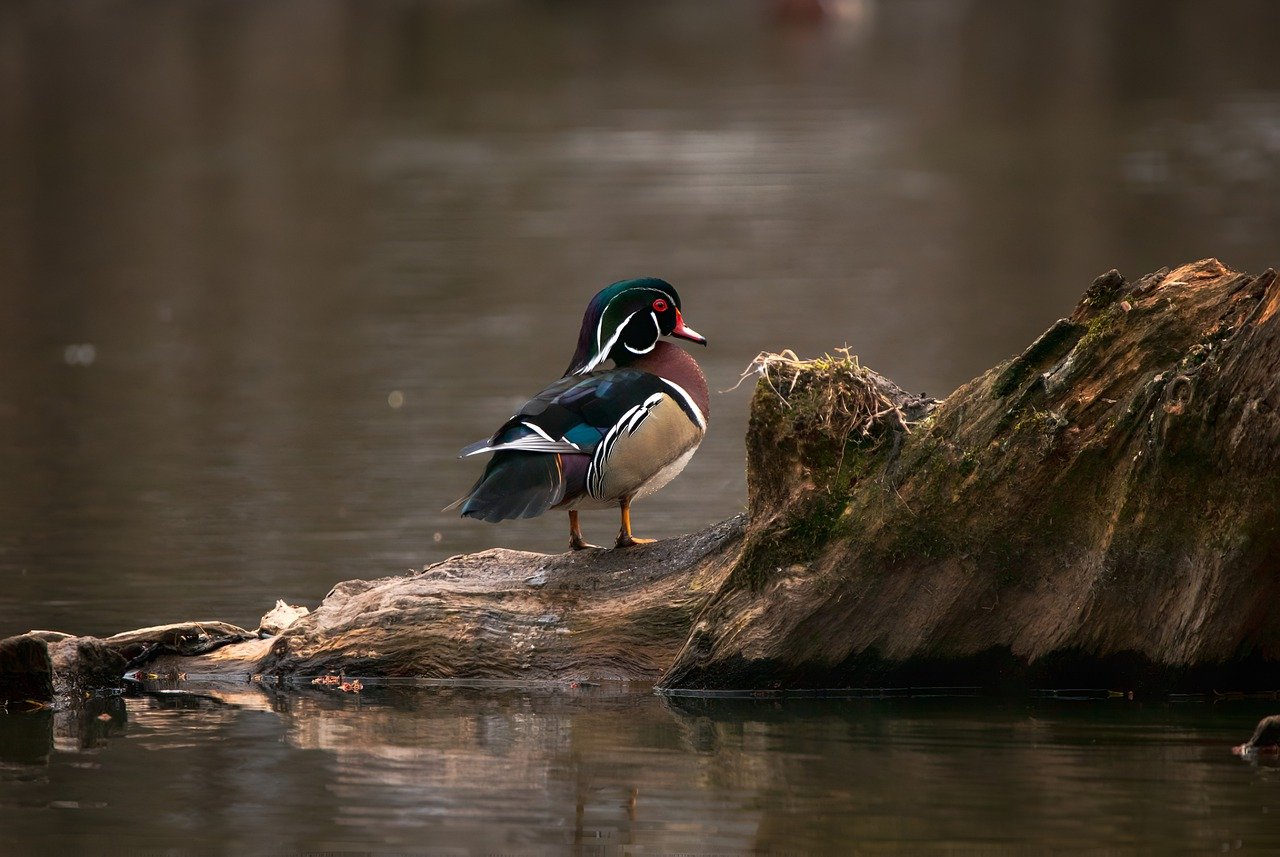
Predictive Analytics for Habitat Management
Predictive analytics is rapidly becoming a game-changer in the field of habitat management. By utilizing advanced algorithms and vast datasets, conservationists can forecast environmental changes and their potential impacts on wildlife. Imagine having a crystal ball that not only tells you what might happen to a habitat but also helps you plan accordingly. This is precisely what predictive analytics offers. It allows conservationists to make informed decisions that can significantly enhance the effectiveness of their interventions.
One of the most striking features of predictive analytics is its ability to process large amounts of data from various sources, such as satellite imagery, climate models, and historical wildlife data. By analyzing this data, conservationists can identify trends and patterns that inform their strategies. For example, if a particular area shows a consistent decline in biodiversity due to climate change, predictive analytics can help determine the best course of action to mitigate those effects. This proactive approach is essential in today’s rapidly changing world.
To illustrate the power of predictive analytics, consider the following table that outlines how different factors can influence habitat management decisions:
| Factor | Impact on Habitat | Predictive Analytics Role |
|---|---|---|
| Climate Change | Altered species distribution | Forecast future habitats |
| Urban Development | Loss of natural habitats | Identify areas at risk |
| Invasive Species | Competition with native species | Predict spread and impact |
As the table shows, understanding these factors is crucial for effective habitat management. Predictive analytics not only highlights the potential impacts of various threats but also helps prioritize conservation efforts. For instance, if an area is predicted to face significant threats from urban development, conservationists can strategize to create protected zones or corridors that allow wildlife to thrive despite human encroachment.
Moreover, predictive analytics can also be integrated with other technologies, such as Geographic Information Systems (GIS), to create detailed maps that visualize potential changes in habitats. This integration allows for more effective communication with stakeholders, including policymakers and local communities, who play a vital role in conservation efforts. When everyone is on the same page, it fosters collaboration and collective action, making it easier to implement conservation strategies.
In conclusion, predictive analytics serves as a powerful tool in habitat management, enabling conservationists to anticipate changes and take proactive measures. By leveraging data and technology, they can protect ecosystems more effectively, ensuring the survival of countless species for generations to come. As we continue to face environmental challenges, the role of predictive analytics in conservation will only grow, proving that knowledge truly is power in the fight for our planet's future.
- What is predictive analytics? Predictive analytics involves using statistical algorithms and machine learning techniques to identify the likelihood of future outcomes based on historical data.
- How does predictive analytics help in conservation? It helps conservationists anticipate environmental changes and make informed decisions about habitat management.
- Can predictive analytics be used in real-time? Yes, with the integration of real-time data sources, predictive analytics can provide timely insights for immediate action.
- What types of data are used in predictive analytics? Data from satellite imagery, climate models, historical wildlife data, and more can be utilized.
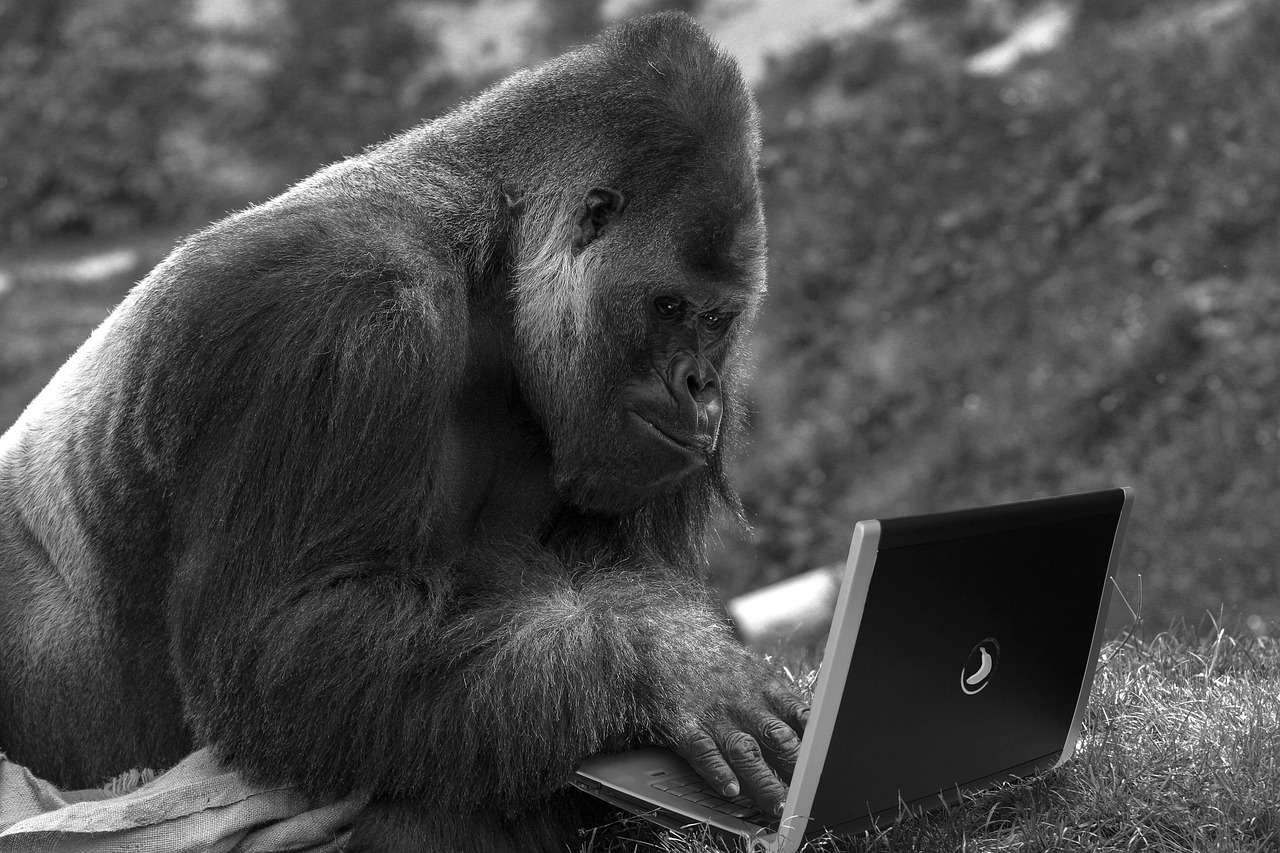
AI-Driven Conservation Planning
In the realm of conservation, the stakes have never been higher. With the rapid decline of biodiversity and the increasing threats posed by climate change, effective planning is crucial for the survival of countless species. Enter , a revolutionary approach that harnesses the power of artificial intelligence to optimize conservation strategies. Imagine having a virtual assistant that can sift through mountains of data, analyze trends, and suggest the best course of action—all in real-time. Sounds like science fiction, right? But it’s happening right now!
AI-driven tools are designed to simulate various conservation scenarios, allowing organizations to visualize the potential outcomes of different strategies. By inputting various ecological and economic factors, these tools can prioritize actions that will yield the greatest benefits for both wildlife and human communities. For instance, they can help determine which habitats are most critical for protection, or which species require immediate intervention. This kind of foresight is invaluable in a world where resources are limited and the clock is ticking.
One of the most exciting aspects of AI-driven conservation planning is its ability to incorporate big data. With the advent of remote sensing technologies, conservationists can now access vast amounts of information about ecosystems. This includes everything from satellite imagery showing deforestation rates to real-time data on animal populations gathered via drones. AI algorithms can analyze this information at lightning speed, identifying patterns and trends that would be impossible for humans to detect alone.
Furthermore, AI can enhance collaboration among various stakeholders in conservation efforts. By providing a centralized platform where data can be shared and analyzed, different organizations—from local NGOs to global conservation groups—can work together more effectively. This collaborative approach ensures that everyone is on the same page and that resources are allocated where they are needed most.
But how does this all translate into real-world applications? Let’s consider a hypothetical scenario: a national park facing the threat of invasive species. AI-driven tools can analyze historical data on the park’s ecosystem, predict the potential spread of these invaders, and suggest targeted management strategies. This might include prioritizing certain areas for immediate action, such as deploying teams to remove invasive plants or monitoring specific wildlife populations at risk from these species. The result? A more focused and efficient conservation effort that maximizes impact.
Moreover, the integration of AI in conservation planning also fosters a sense of accountability. As organizations can now track the effectiveness of their strategies through data-driven insights, they can adjust their approaches in real-time, ensuring that they are always working towards the best possible outcomes. This adaptability is essential in a constantly changing environment where new challenges arise daily.
In summary, AI-driven conservation planning is not just a trend; it’s a necessary evolution in the fight to protect our planet’s precious biodiversity. By leveraging advanced technologies and big data, conservationists can make informed decisions that lead to effective and sustainable outcomes. As we continue to face unprecedented environmental challenges, embracing such innovative approaches will be crucial for ensuring a healthier planet for generations to come.
- What is AI-driven conservation planning? AI-driven conservation planning involves using artificial intelligence to analyze data and simulate different conservation scenarios, helping organizations make informed decisions.
- How does AI help in conservation? AI helps by processing large amounts of data quickly, identifying patterns, and suggesting optimal strategies for wildlife protection and habitat management.
- Can AI replace human conservationists? No, AI is a tool that aids conservationists by providing insights and data analysis, but human expertise and decision-making are still essential.
- What are some real-world applications of AI in conservation? AI has been used to predict species movements, optimize habitat management, and analyze the impact of invasive species on ecosystems.
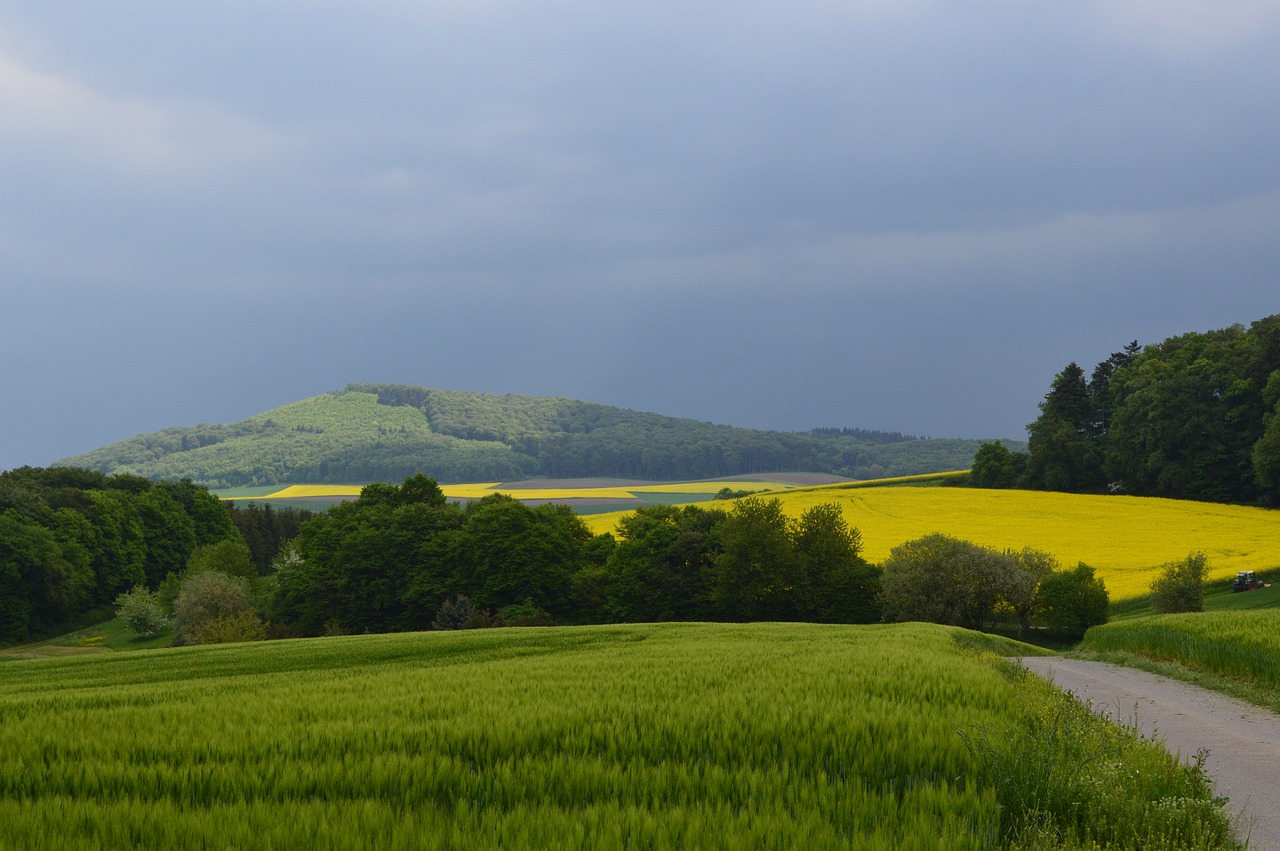
Biotechnology in Conservation Efforts
Biotechnology is emerging as a game-changing ally in the realm of conservation, offering innovative solutions to some of the most pressing challenges faced by endangered species. By harnessing the power of genetic engineering and cloning, conservationists are not just dreaming of a world where endangered species thrive; they are actively working to make it a reality. Imagine a world where the genetic diversity of a species can be enhanced through scientific intervention, or where the last remaining individuals of a critically endangered species can be cloned to bolster their numbers. This is not science fiction; it’s happening now!
One of the most exciting applications of biotechnology in conservation is the use of genetic rescue techniques. These methods involve introducing genetic material from healthy populations into endangered species. This process can significantly increase genetic diversity, which is crucial for the long-term survival of species. By enhancing genetic diversity, we improve the resilience of these populations against diseases and environmental changes. For instance, if a population of frogs is suffering from a disease outbreak, introducing genes from a healthy population can help them develop resistance.
In addition to genetic rescue, cloning technologies are being explored as a last resort for preserving critically endangered species. Cloning offers a glimmer of hope for species that are on the brink of extinction. Think about the passenger pigeon, once abundant in North America but now extinct. Cloning could potentially allow us to bring back species like the passenger pigeon by using preserved genetic material. While the technology is still in its infancy, the possibilities it presents are truly astounding.
However, the use of biotechnology in conservation is not without its challenges. Ethical considerations must be taken into account, and there are ongoing debates about the implications of playing “God” with nature. Conservationists must tread carefully, balancing the potential benefits with the ethical dilemmas that arise from such powerful technologies. Transparency and public engagement are essential in these discussions to ensure that the broader community understands and supports these initiatives.
To illustrate the impact of biotechnology on conservation efforts, let’s take a look at some of the key technologies and their applications:
| Biotechnology Application | Description | Example |
|---|---|---|
| Genetic Rescue | Introducing genetic material from healthy populations to boost diversity. | Florida panther recovery efforts. |
| Cloning | Creating genetically identical copies of endangered species. | Attempts to clone the woolly mammoth. |
| Gene Editing | Modifying specific genes to enhance traits. | Editing genes in corals to improve heat tolerance. |
As we move forward, it’s crucial to embrace these technologies while also fostering a deeper understanding of their implications. By combining traditional conservation methods with cutting-edge biotechnological advancements, we can create a more sustainable future for our planet’s most vulnerable species. The journey ahead may be fraught with challenges, but the potential rewards are worth the effort.
- What is genetic rescue? Genetic rescue involves introducing genetic material from healthy populations into endangered species to increase their genetic diversity.
- How does cloning help conservation? Cloning can potentially revive critically endangered species by creating genetically identical individuals from preserved genetic material.
- What ethical concerns are associated with biotechnology in conservation? Ethical concerns include the implications of altering natural processes and the potential consequences of introducing genetically modified organisms into the wild.
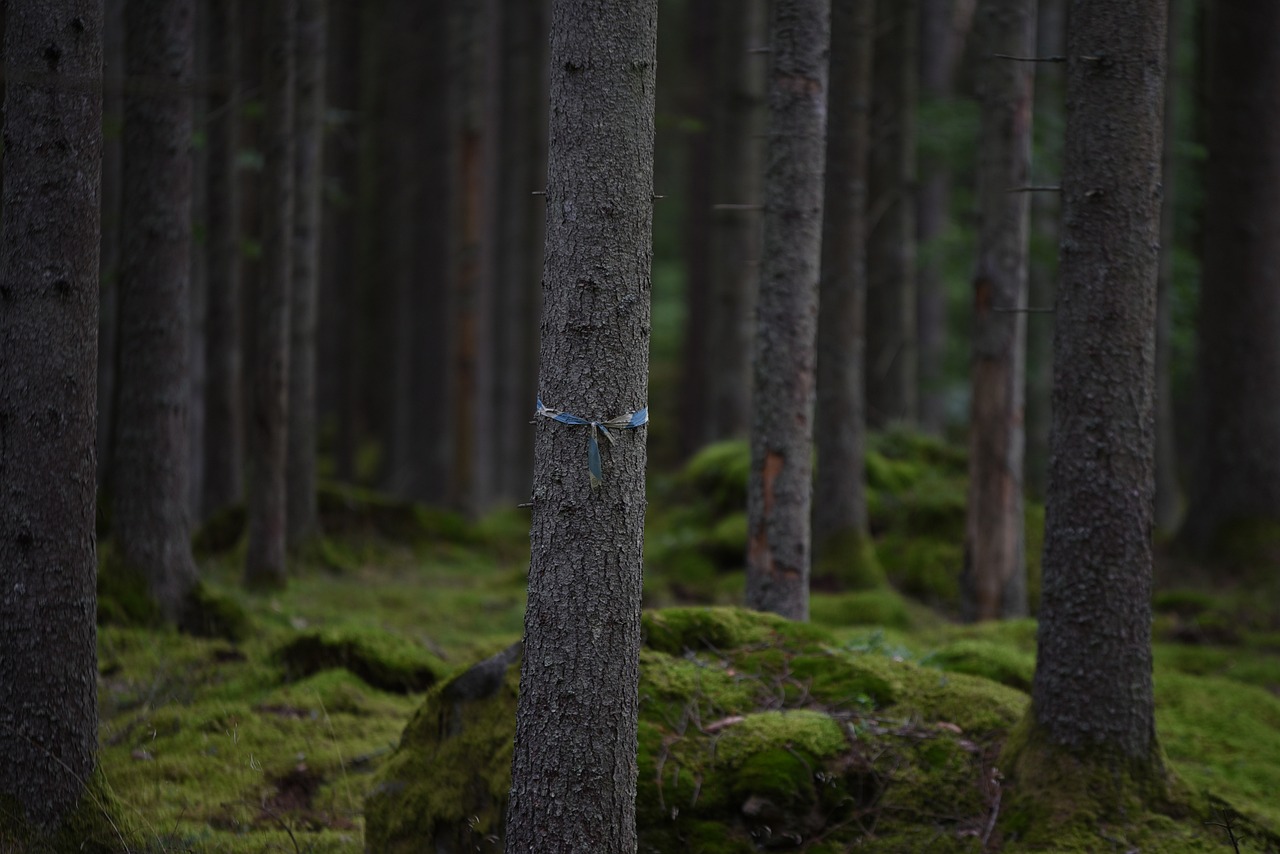
Genetic Rescue Techniques
In the world of conservation, are emerging as a beacon of hope for endangered species facing extinction. Imagine a small, struggling population of animals that is teetering on the brink of disappearance. These techniques aim to bolster their genetic diversity by introducing genetic material from healthier, more robust populations. This process not only enhances the genetic pool but also increases the resilience of these species against diseases and environmental changes. It's like giving a struggling athlete a performance-enhancing boost, allowing them to compete more effectively in their natural habitat.
One of the primary methods of genetic rescue involves the careful selection of individuals from related populations. By introducing these individuals into the endangered group, conservationists can effectively increase genetic variation. This is crucial because low genetic diversity can lead to inbreeding, which often results in reduced fertility, higher susceptibility to diseases, and an increased likelihood of extinction. For example, the Florida panther population faced severe inbreeding issues, leading to heart defects and other health problems. Through genetic rescue, individuals from a Texas population were introduced, revitalizing the gene pool and improving overall health.
However, genetic rescue is not without its challenges. It requires extensive research and careful planning to ensure that the introduced genetic material is compatible with the local population. Conservationists must consider factors such as behavioral traits, adaptation to local environments, and potential ecological impacts. It's a bit like matchmaking—finding the right genetic partners to ensure a successful union that benefits the population as a whole.
Moreover, the success of genetic rescue can be measured through various indicators, such as increased population sizes, improved health, and enhanced reproductive success. Below is a table that outlines some of the key indicators used to evaluate the effectiveness of genetic rescue techniques:
| Indicator | Description |
|---|---|
| Population Size | Monitoring changes in the number of individuals in the population over time. |
| Genetic Diversity | Assessing the variety of genetic traits within the population. |
| Health Assessments | Evaluating the overall health and vitality of individuals within the population. |
| Reproductive Success | Tracking the number of offspring produced and their survival rates. |
In conclusion, genetic rescue techniques represent a promising frontier in conservation biology. By leveraging the power of genetics, we can enhance the survival prospects of endangered species and help restore the delicate balance of our ecosystems. It’s a testament to human ingenuity and our growing understanding of nature's complexities. The journey of conservation is ongoing, but with innovative approaches like genetic rescue, we are one step closer to protecting our planet's biodiversity.
- What is genetic rescue? Genetic rescue is a conservation strategy that involves introducing genetic material from healthy populations into endangered species to enhance their genetic diversity.
- Why is genetic diversity important? Genetic diversity is crucial for the health and survival of species, as it increases their resilience to diseases and environmental changes.
- How is genetic rescue implemented? It involves selecting individuals from related populations and carefully introducing them into the endangered group, ensuring compatibility and ecological balance.
- What are the challenges of genetic rescue? Challenges include ensuring genetic compatibility, understanding behavioral traits, and assessing potential ecological impacts.

Cloning Endangered Species
Cloning endangered species is like holding a lifeline for some of the most vulnerable creatures on our planet. As we face an unprecedented loss of biodiversity, scientists are exploring cloning as a potential tool to bring back species that are teetering on the brink of extinction. Imagine being able to replicate the DNA of a species that has dwindled to just a handful of individuals. This revolutionary approach not only aims to restore populations but also to enhance genetic diversity, which is crucial for the survival of these species in changing environments.
The process of cloning involves creating a genetically identical copy of an organism. In conservation, this typically means using somatic cell nuclear transfer (SCNT), where the nucleus of a somatic cell from the endangered species is transferred into an egg cell from a closely related species. This egg cell is then stimulated to develop into an embryo, which can be implanted into a surrogate mother. While this may sound like something straight out of a science fiction novel, it is a reality that scientists are actively pursuing.
One of the most notable examples is the cloning of the Przewalski's horse, which was once extinct in the wild. Through cloning techniques, scientists have successfully produced viable offspring that contribute to the genetic pool of this species. This not only helps to stabilize the population but also increases its chances of survival in natural habitats. However, cloning is not without its challenges and ethical considerations. The process is expensive, time-consuming, and not always successful. Moreover, it raises questions about the implications of playing 'god' with nature.
Despite the hurdles, the potential benefits of cloning cannot be ignored. It offers a glimmer of hope for species like the Woolly Mammoth and the Passenger Pigeon, which have been lost to time. Scientists are investigating ways to use advanced genetic techniques to resurrect these species, which could have profound ecological implications. For example, reintroducing the Woolly Mammoth could help restore tundra ecosystems by promoting grassland growth, which in turn affects the entire food web.
However, cloning should not be seen as a replacement for traditional conservation efforts. It is but one tool in a larger toolbox of strategies aimed at preserving biodiversity. Conservationists emphasize the importance of protecting habitats, combating poaching, and addressing climate change as foundational elements of conservation. Cloning can complement these efforts, but it should not overshadow the critical work that needs to be done on the ground.
In conclusion, while cloning endangered species presents exciting possibilities, it also comes with a set of challenges and ethical dilemmas. As technology advances, it is essential for scientists, conservationists, and the public to engage in meaningful dialogues about the implications of cloning. Together, we can navigate these uncharted waters, ensuring that we do not just save species but also foster a deeper understanding and respect for the natural world.
- What is cloning in the context of conservation? Cloning in conservation refers to the process of creating genetically identical copies of endangered species to help restore their populations and genetic diversity.
- How does the cloning process work? Cloning typically involves somatic cell nuclear transfer (SCNT), where the nucleus of a somatic cell from the endangered species is transferred into an egg cell, which is then stimulated to develop into an embryo.
- What are some examples of cloned species? One notable example is the Przewalski's horse, which was cloned to help stabilize its population.
- Are there ethical concerns associated with cloning? Yes, cloning raises ethical questions about the implications of manipulating nature and the potential consequences of playing 'god' with species.
- Can cloning replace traditional conservation methods? No, cloning should complement traditional conservation methods, such as habitat protection and anti-poaching efforts, rather than replace them.
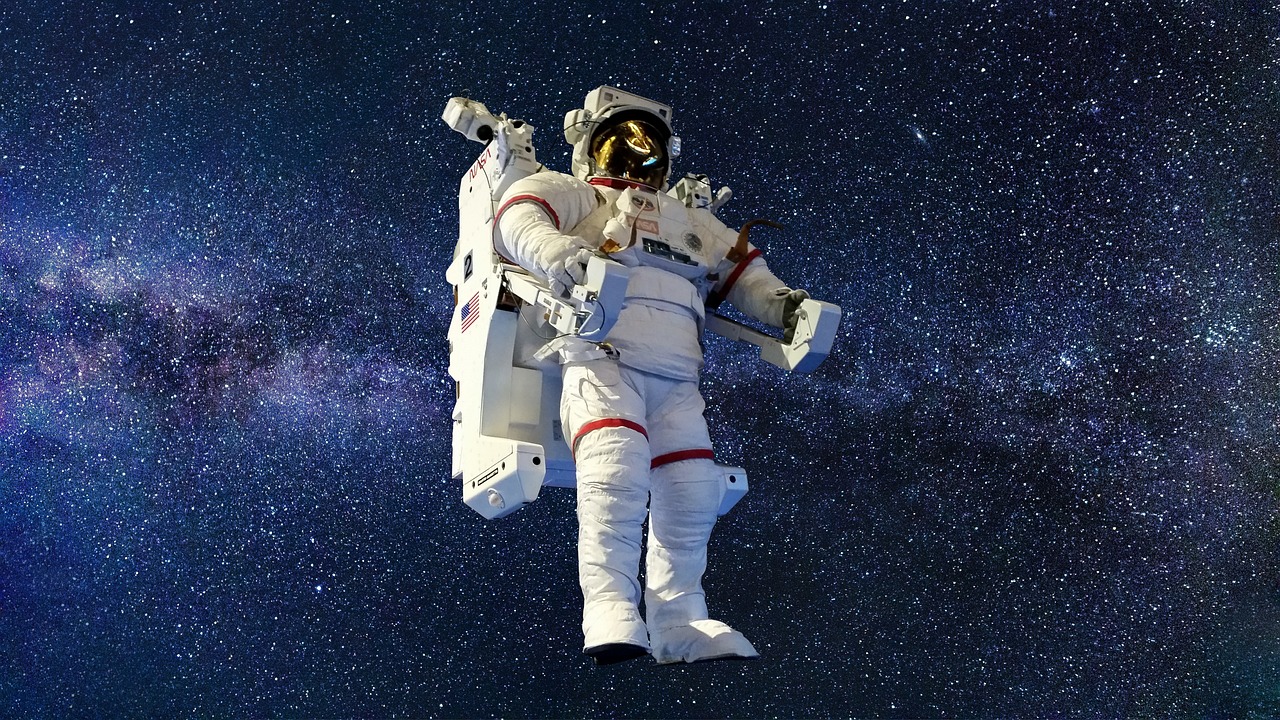
Citizen Science and Technology
In today's world, citizen science is emerging as a powerful ally in the fight for conservation. By harnessing the collective efforts of everyday individuals, conservationists are able to gather valuable data that would otherwise require extensive resources and time. With the advent of modern technology, this collaboration has become more streamlined and effective. Imagine a scenario where thousands of people, equipped with nothing more than their smartphones, contribute to the understanding of biodiversity and the health of ecosystems. This is not just a dream; it’s happening right now!
One of the most exciting developments in this area is the rise of mobile applications designed specifically for data collection. These apps empower citizen scientists to easily report wildlife sightings, track environmental changes, and document various phenomena. For example, a user might spot a rare bird in their backyard and, with just a few taps, share that sighting with researchers who can then analyze the data for trends in species distribution. This kind of immediate feedback loop is invaluable for conservation efforts.
Moreover, social media platforms have become instrumental in fostering community engagement around conservation issues. They serve as a virtual gathering space where people can share their experiences, discuss challenges, and mobilize collective action. Through hashtags, groups, and challenges, social media not only raises awareness but also encourages individuals to participate in local conservation projects. Think of it as a digital rallying cry that can unite people from all walks of life for a common cause.
Furthermore, the integration of technology in citizen science is not limited to apps and social media. It also includes the use of GPS technology and remote sensing tools, which allow volunteers to collect precise data on wildlife habitats and environmental health. For instance, a group of volunteers might use GPS devices to map out areas of deforestation, providing critical information that can inform policy decisions and conservation strategies. The potential for impact is immense, as this data can be used to advocate for protected areas or to monitor the effectiveness of conservation initiatives.
As we look to the future, it is clear that the fusion of technology and citizen science is not just a trend but a necessary evolution in conservation efforts. By engaging the public and leveraging their enthusiasm and local knowledge, we can create a powerful force for change. Together, we can tackle the pressing environmental issues of our time, making strides towards a more sustainable and biodiverse planet.
- What is citizen science? Citizen science refers to the participation of non-professionals in scientific research, helping to collect data and contribute to scientific knowledge.
- How can I get involved in citizen science? You can participate by downloading mobile apps related to wildlife observation, joining local conservation groups, or engaging in social media campaigns focused on environmental issues.
- What types of data can citizen scientists collect? Citizen scientists can collect various types of data, including wildlife sightings, environmental conditions, and habitat changes.
- Why is technology important in citizen science? Technology enhances the efficiency and accuracy of data collection, making it easier for volunteers to contribute and for researchers to analyze the information.

Mobile Apps for Data Collection
In today's digital age, mobile apps have emerged as powerful tools in the realm of conservation, enabling both professionals and enthusiasts to contribute to data collection efforts. Imagine walking through a lush forest and being able to document your wildlife sightings instantly with just a few taps on your smartphone! These applications not only simplify the process of reporting but also enhance the accuracy and volume of data collected, which is essential for effective conservation strategies.
One of the most exciting aspects of mobile apps is their ability to engage the public in conservation efforts. By allowing everyday people to participate, these tools foster a sense of community and shared responsibility for our environment. For instance, apps like iNaturalist and eBird empower users to log their observations, whether it’s a rare bird or a unique plant species. The data collected is then aggregated and made available to researchers and conservationists, creating a vast database that can inform critical decisions about habitat protection and species management.
Furthermore, these apps often come equipped with user-friendly features such as photo uploads, location tracking, and even species identification tools powered by artificial intelligence. This means that even if you're not an expert, you can still contribute valuable information. The integration of GPS technology allows users to tag their observations with precise locations, helping to build a more comprehensive picture of wildlife distribution and habitat use.
However, it's not just about collecting data; it's also about sharing knowledge. Many mobile apps include community features where users can discuss their findings, share tips, and collaborate on conservation projects. This social aspect not only enriches the user experience but also promotes a culture of conservation awareness. Imagine being part of a community that shares your passion for the environment, where every sighting you report contributes to a larger goal of protecting our planet's biodiversity!
To illustrate the impact of mobile apps on conservation, consider the following table that highlights some popular apps and their unique features:
| App Name | Features | Platform |
|---|---|---|
| iNaturalist | Species identification, community engagement, data sharing | iOS, Android, Web |
| eBird | Bird sightings, checklist creation, data visualization | iOS, Android, Web |
| Seek | Instant species identification, gamification, family-friendly | iOS, Android |
In conclusion, mobile apps are not just a trend; they are a vital component of modern conservation efforts. They democratize data collection, making it accessible to everyone and empowering communities to take action. As technology continues to evolve, the potential for mobile apps to enhance conservation initiatives will only grow, paving the way for a more engaged and informed public. So, the next time you’re out exploring nature, remember that your observations can make a difference—one app at a time!
- How can I get started with mobile apps for conservation? Simply download an app like iNaturalist or eBird, create an account, and start documenting your observations!
- Do I need to be an expert to use these apps? Not at all! Many apps have built-in identification tools and community support to help you.
- What happens to the data I collect? The data is often shared with researchers and conservation organizations to aid in wildlife protection and habitat management.
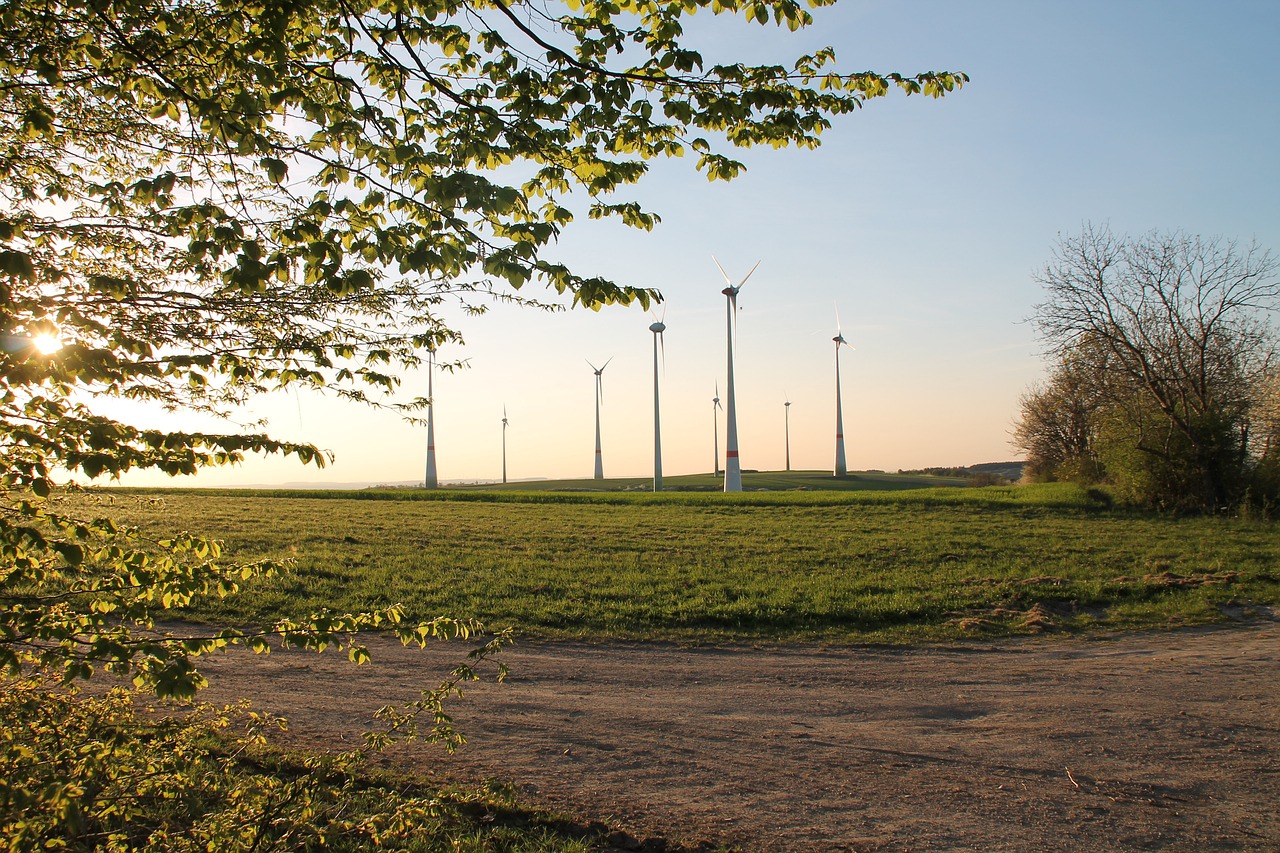
Community Engagement through Social Media
In today's digital age, social media has emerged as a powerful ally in the fight for conservation. Imagine a world where every individual can contribute to the protection of our planet, simply by sharing their experiences online. With platforms like Facebook, Twitter, Instagram, and TikTok, this vision is becoming a reality. Social media not only amplifies the voices of conservationists but also engages everyday citizens in meaningful ways. It creates a vibrant community where people can share their stories, experiences, and insights about nature, fostering a collective sense of responsibility towards our environment.
One of the most remarkable aspects of social media is its ability to connect people from different backgrounds and regions. For instance, a wildlife photographer in Kenya can share stunning images of elephants, sparking interest and concern from followers around the globe. This global outreach can lead to increased awareness and support for conservation initiatives. Furthermore, social media campaigns can quickly mobilize communities, encouraging them to participate in local conservation efforts, such as clean-up drives, tree planting, or wildlife monitoring projects.
Moreover, social media serves as a platform for educating the public about pressing environmental issues. Organizations can share infographics, videos, and articles that highlight the challenges faced by various species and ecosystems. For example, a well-crafted post can explain the impact of plastic pollution on marine life, inspiring followers to change their habits and advocate for policy changes. Engaging content not only informs but also motivates action, turning passive observers into active participants in conservation.
To further enhance community involvement, many organizations use social media to create interactive campaigns. These may include challenges, contests, or hashtag movements that encourage users to share their own conservation stories or actions. For instance, a campaign might ask followers to post pictures of their favorite local parks with a specific hashtag, thereby raising awareness about these natural spaces and the need to protect them. The viral nature of social media can lead to widespread participation, transforming individual actions into a collective movement.
In addition to raising awareness, social media platforms provide valuable data for conservationists. By analyzing posts and interactions, researchers can gain insights into public sentiment regarding specific conservation issues. This data can help shape future campaigns and strategies, ensuring that they resonate with the audience. For example, if a particular species garners significant attention online, conservationists can prioritize efforts to protect that species, knowing there is a strong public interest.
However, it is essential to approach social media engagement thoughtfully. Misinformation can spread just as quickly as accurate information, potentially undermining conservation efforts. Therefore, it is crucial for organizations to provide clear, factual content and actively engage with their audience to clarify any misconceptions. By fostering an informed community, we can build a strong foundation for effective conservation strategies.
In conclusion, social media is not just a tool for communication; it is a catalyst for community engagement in conservation. By harnessing the power of these platforms, we can unite individuals from all walks of life in a shared mission to protect our planet. Whether through sharing personal stories, participating in campaigns, or simply staying informed, everyone has a role to play in this vital effort. So, the next time you scroll through your feed, remember that your voice matters in the fight for our environment.
- How can I get involved in conservation efforts through social media?
You can start by following conservation organizations, sharing their posts, and participating in online campaigns or challenges. - What are some effective ways to raise awareness about conservation on social media?
Creating engaging content, using hashtags, and sharing personal experiences can significantly raise awareness. - Can social media really make a difference in conservation efforts?
Absolutely! Social media has the power to mobilize communities, spread awareness, and even influence policy changes.
Frequently Asked Questions
- What are remote sensing technologies and how do they aid conservation?
Remote sensing technologies, like satellites and drones, provide real-time data on ecosystems. This allows conservationists to monitor natural resources effectively, helping them make informed decisions about protecting wildlife and their habitats.
- How is artificial intelligence used in wildlife protection?
Artificial intelligence analyzes large datasets to identify poaching trends and predict animal movements. This helps conservationists optimize their strategies, making wildlife protection more efficient and effective.
- What role does machine learning play in species identification?
Machine learning algorithms can identify species from images and audio recordings, significantly speeding up the data collection process. This technology enhances biodiversity assessments and helps researchers understand ecosystems better.
- How do camera traps and AI integration work together?
The integration of AI with camera traps automates wildlife monitoring, reducing the need for human intervention. This combination improves the accuracy of species population estimates and helps track animal behavior more effectively.
- What is predictive analytics and how does it benefit habitat management?
Predictive analytics uses data to forecast environmental changes and their impacts on wildlife. By understanding these potential changes, conservationists can make proactive decisions about habitat management, ensuring better protection for endangered species.
- How does biotechnology contribute to conservation efforts?
Biotechnology aids conservation through genetic engineering and cloning, which help recover endangered species and enhance genetic diversity. These techniques are vital for ensuring the survival of species that are at risk of extinction.
- What are genetic rescue techniques?
Genetic rescue techniques involve introducing genetic material from healthy populations into endangered species. This approach boosts genetic diversity and resilience, helping these species better withstand diseases and environmental changes.
- Can cloning be used to save endangered species?
Cloning technologies are being explored as a last resort to preserve critically endangered species. This innovative approach offers hope for restoring populations that are on the brink of extinction, although it remains a complex and controversial topic.
- What is citizen science and how does technology play a role?
Citizen science engages the public in data collection and monitoring, fostering community involvement in conservation. Technology, such as mobile apps, allows individuals to report wildlife sightings and environmental conditions, greatly contributing to conservation databases.
- How can social media help in conservation efforts?
Social media platforms raise awareness about conservation issues and mobilize communities. They facilitate discussions and encourage collective action, making it easier for people to get involved and support conservation initiatives.



















